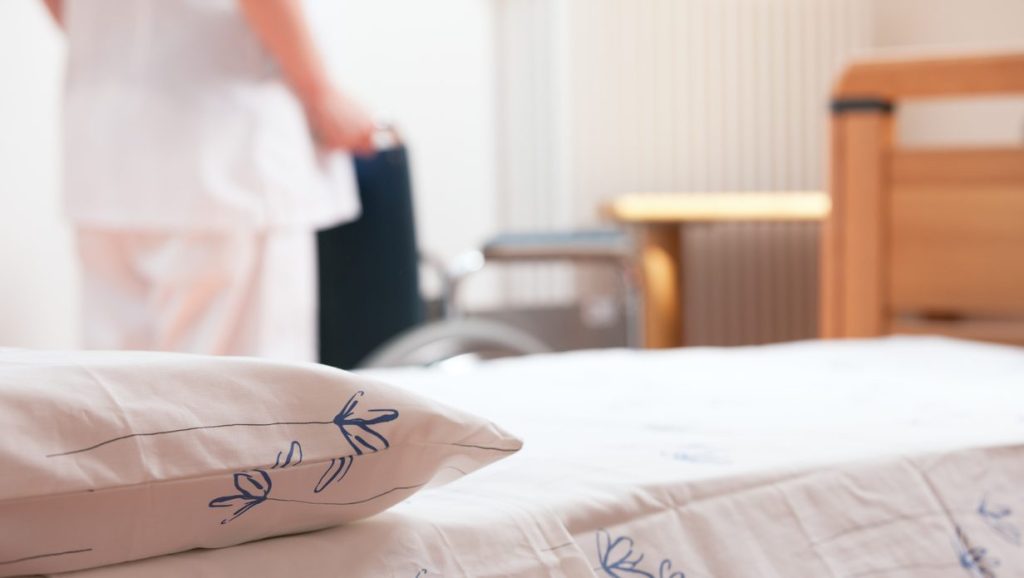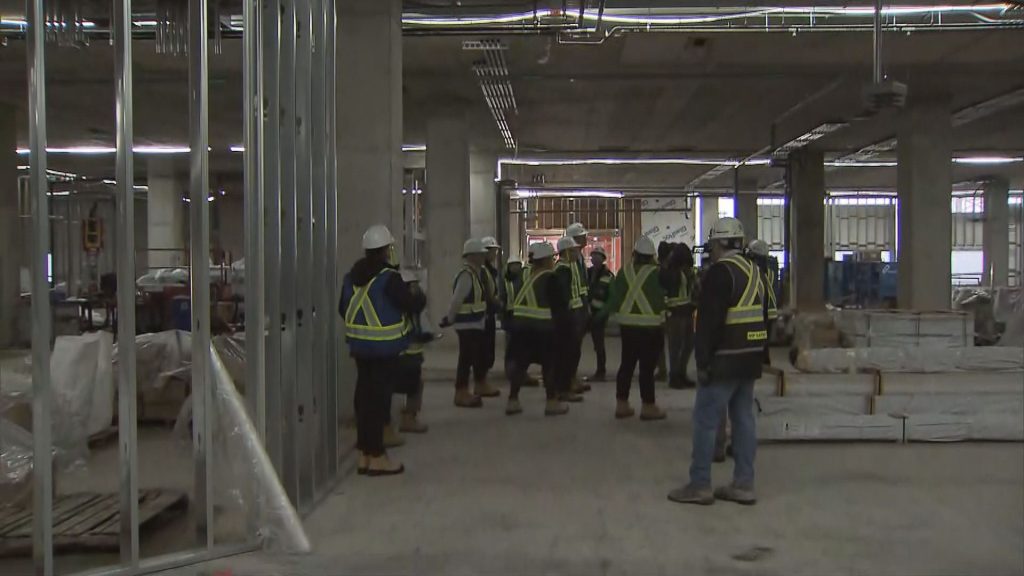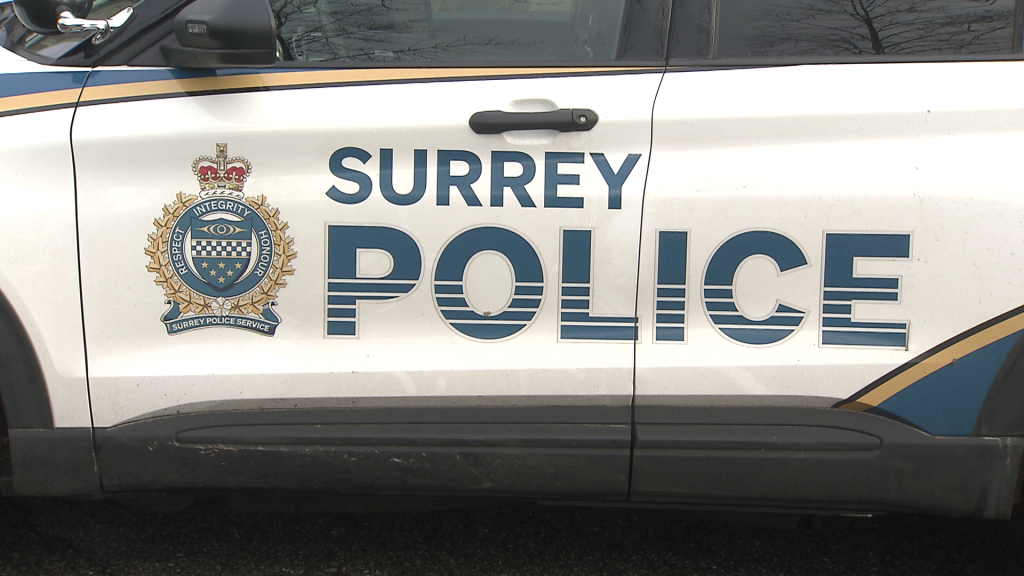B.C.’s long-term care homes make improvements to heatwave response

Posted May 16, 2023 7:09 am.
Last Updated May 16, 2023 7:10 am.
It’s another day of unseasonable heat that’s not going anywhere anytime soon. There is no rain in the forecast this week and an air quality advisory remains in place for the Lower Mainland.
“Metro Vancouver Regional District has issued an Air Quality Advisory due to high concentrations of ground-level ozone that are expected to last until cooler temperatures are experienced. This advisory will remain in effect until further notice,” read part of the online notice issued Monday.
An Air Quality Advisory has been issued due to high concentrations of ground-level ozone that are expected to last until cooler temperatures are experienced. The advisory covers Metro Vancouver – Northeast and Central/Eastern Fraser Valley. https://t.co/mXDbVrZSKo pic.twitter.com/u4LMnmqFJx
— Metro Vancouver (@MetroVancouver) May 15, 2023
With the heat hanging around for the foreseeable future, long-term care homes say they’re responding better to the weather compared to two years ago when B.C. experienced a deadly heat dome.
Those facilities and the people living in them suffered as seniors went without the proper requirements to cool them down.

Terry Lake, the CEO of the BC Care Providers Association and EngAge BC, says things have improved drastically since 2021.
“Seniors care homes have heat plans in place through all the health authorities, coordinating all of that,” he explained. “Even facilities that don’t have air conditioning throughout the building will have cool areas that they can move residents to, to prevent them from overheating.”
He says they were able to make improvements to ventilation and air conditioning, thanks in part, to government funding.
“We were able to secure funding through the federal government, funnelled through the province of $134 million… so homes, particularly in the Lower Mainland, that didn’t have air conditioning were able to go out and retrofit.”
Did you know indoor temperatures are the biggest risk during heat events? Indoor temperatures between 26 C to 31 C can be dangerous to people vulnerable to heat. If indoor temperatures reach 31 C or above, you should head to a cool space. 1/4 pic.twitter.com/fc13p3EmOd
— City of Vancouver (@CityofVancouver) May 15, 2023
Lake says one of the greatest concerns right now is seniors who live alone at home.
“A lot of people love to age in their own home, but sometimes they’re much better in a retirement community that’s purpose-built, that has air conditioning, that has cooling spaces, that has all the equipment necessary to make sure that people are looked after.
“But for people who are in their homes, if they don’t have air conditioning, particularly older single-family homes, check in on those folks. Make sure that they are able to cool themselves down, particularly at night. Making sure they’re able to block out the sun and making sure they’re staying hydrated. If you can do that for your elderly friends and neighbours, that’ll keep them safe,” said Lake.
Related Articles:
-
Experts foresee more heat waves as May hot spell shatters Alberta, B.C. records
-
What do I do in B.C.’s heatwave? Medical officer warns of heatstroke
-
B.C. heatwave preparation: increased demand for AC units, fans
A coroner’s report, published in 2022, outlined what went so wrong during the heat dome. It also made some recommendations including changes the province has to make to ensure homes stay cool as B.C. faces extended, hotter spring and summer seasons.
“The Ministry of Attorney General and Responsible for Housing will ensure that the 2024 release of the BC Building Code incorporates both passive and active cooling requirements in new housing construction and that the release of the Alterations Code for Energy Efficient, Resilient Buildings explicitly identifies both passive and active cooling standards for existing home renovation,” read part of the report.
The 2021 heat dome left more than 600 people dead, the majority dying alone in their homes without access to cool air.
–With files from Martin MacMahon








